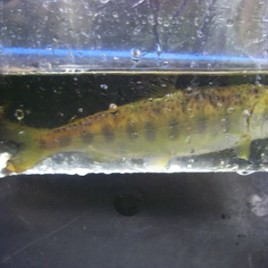The number of juvenile coho salmon in a stream can be up to three times higher if pink or chum salmon were there the season before, according to a new paper. Juvenile coho have been known to scavenge the carcasses or eggs of their cousins, but most of the coho in the latest study emerged […]
Tag: biodiversity
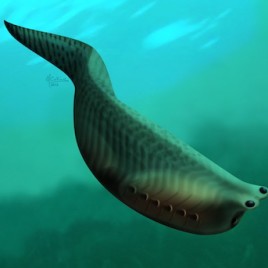
New fossils provide ‘a view to a gill’
New fossils of an ancient fish from Marble Canyon in British Columbia’s Kootenay National Park have provided insight into how jaws evolved. The remains represent the best-preserved fossils of Metaspriggina walcottii, a 500 million-year-old species that is among the oldest known fish. Based on the shape of features called ‘branchial bars’ associated with the gills, the […]
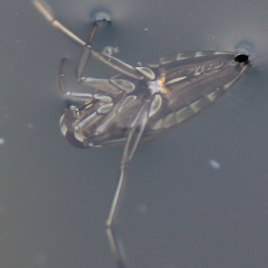
How bugs decide when to fly the coop
Many animals seek new habitat if they are too crowded or if there are too many predators, but new research suggests that the effect of these two factors can’t easily be separated. Researchers filled artificial pools with backswimmers, insects that normally swim but that can fly to a new pool if stressed. Introducing a predator […]
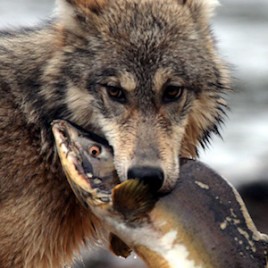
Genetics affirm existence of BC’s ‘coastal wolves’
New genetic information affirms what members of the Heiltsuk First Nation have long known: the islands off British Columbia host a population of ‘coastal wolves’ that is distinct but related to that of the timber wolves on the mainland. Examination of genetic markers from DNA collected in wolf droppings shows that coastal wolves are more […]
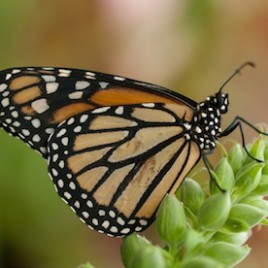
Milkweed needed to save monarchs
A new study bolsters the notion that a lack of milkweed in summer breeding grounds is contributing to the decline of the monarch butterfly. Previous research indicated that the decline of monarchs may be due to catastrophic die-offs in overwintering grounds in Mexico, caused by loss of forest habitat or extreme weather events linked to […]
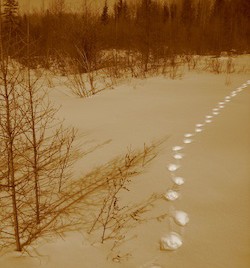
Does counting tracks to estimate animal populations actually work?
A new computer analysis shows that animal tracks can provide an accurate estimate of animal populations in a given area. Biologists often use animal tracks for relative estimates – e.g. more over here than over there – but because tracks can twist and turn, they shy away from using them to get an absolute number of […]
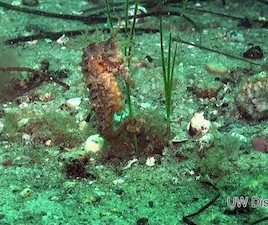
Rare seahorse spotted off Nova Scotia
Two divers recently spotted a lined seahorse (Hippocampus erectus) – rarely seen in Canada – off St. Margaret’s Bay, Nova Scotia. They uploaded the photo to iSeahorse, a smartphone app developed by an international team of seahorse scientists, including UBC marine biologist Amanda Vincent. The ‘citizen science’ initiative is critical due to the fact that […]
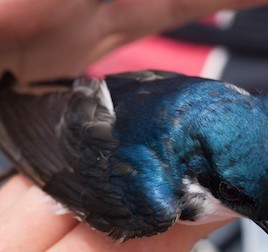
Tree swallows in Quebec in decline
A new study shows that tree swallows between Montreal and Sherbrooke became fewer (-19% population decline) and smaller (-8% weight loss) from 2005-2011, especially the females. Insect-eating birds are in decline all across northeastern North America, and pesticide use is a suspected culprit, but the authors did not find a link between weight loss and […]
New DNA barcoding method speeds up species identification
A new DNA barcoding method will save money and time for researchers who wants to assess biodiversity in an ecosystem. The new method allowed researchers to correctly identify 92% of the 1,066 insects and spiders in a single analysis. They also were able to detect microbes associated with the insects and spiders. Previous […]
Royal Society Report on Marine Biodiversity | Webinar recording
Royal Society of Canada Report on Marine Biodiversity – January 31, 2012 Canada has the longest marine coastline of any country in the world, along three of the world’s oceans. Is Canada filling its role as steward and protector of our valuable ocean resources and marine biodiversity? How do we stack up to other nations? And what more […]
The state of biodiversity research in Canada | Webinar recording
The state of biodiversity research in Canada – November 17, 2010 The Council of Canadian Academies released an expert panel report on Thursday, November 18th 2010 at 7am EST. The report is an assessment of biodiversity science and taxonomy in Canada. To help media cover this event, the SMCC organized an embargoed web conference with […]
